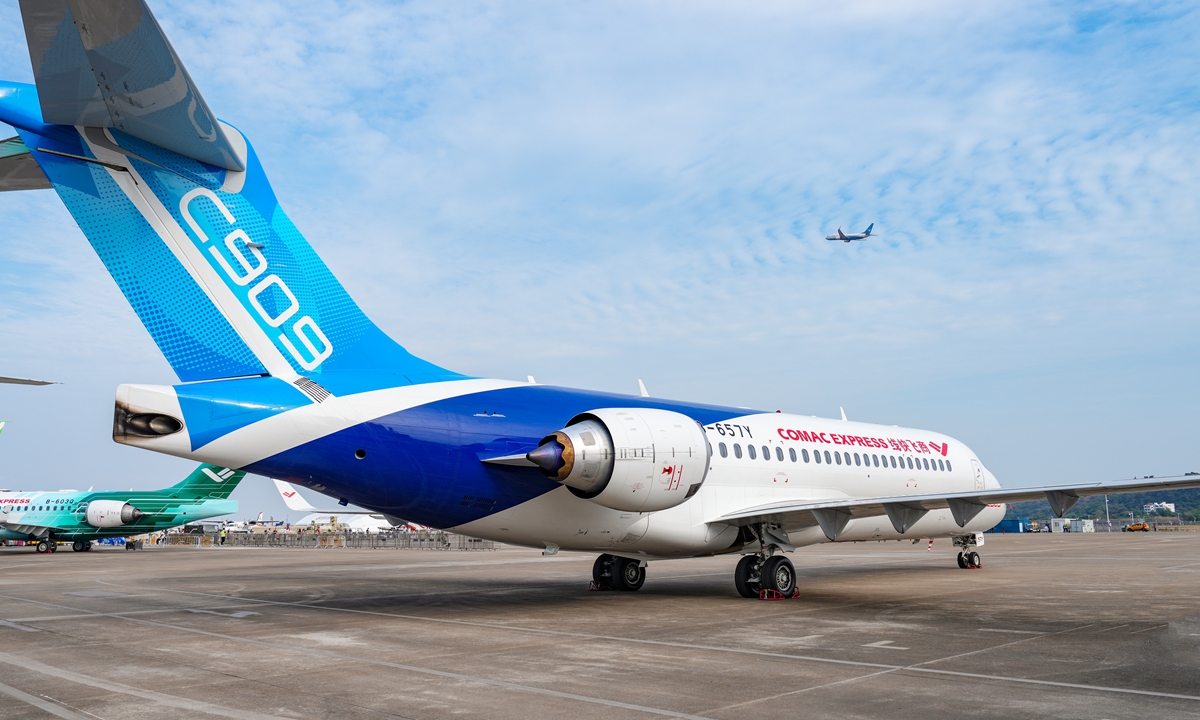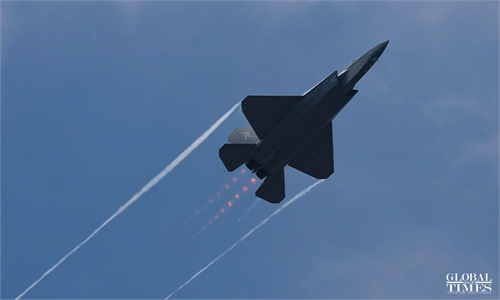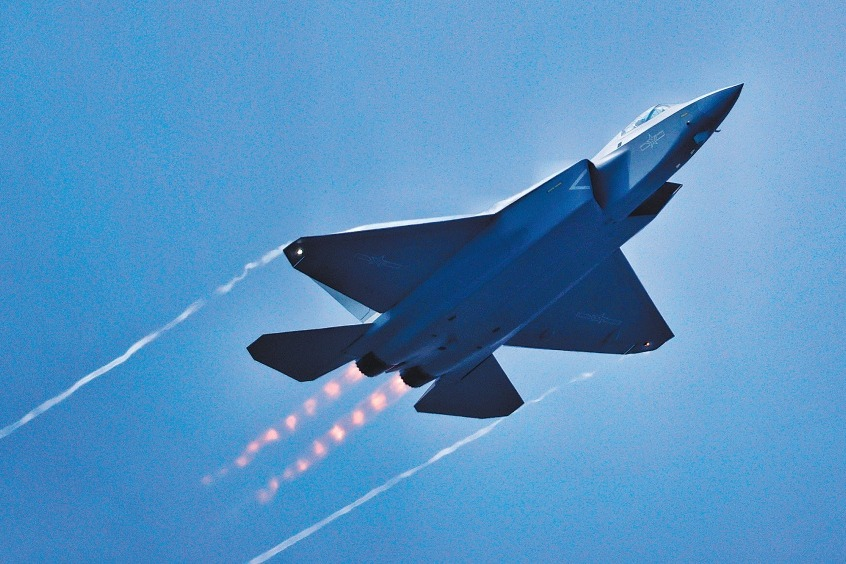■ Every adult should sensibly secure a home as everyone needs a roof over their head ■ Residential properties in prime locations undergoing ‘shrinkflation’, with sustained higher prices despite new units getting smaller
THE indirect discussion on multiple-home ownership between Housing and Local Government Minister Nga Kor Ming and former Cabinet member Khairy Jamaluddin over various media channels has ignited interest among Malaysians.
The latter wondered on his podcast Keluar Sekejap last week if limiting property purchases could help alleviate the crisis in affordable housing by addressing the surplus of unsold high-end homes that contribute to inflated prices.
Nga countered by dismissing the proposal, arguing it is not the government’s role to restrict investments in the real estate sector, which has proven to be an effective hedge against inflation and a means of wealth preservation.
He cautioned that such restrictions could harm the property sector and negatively impact some 200 industries connected to real estate, including contracting, plumbing, banking and legal services.
From a foreign perspective, if one were to speak to ordinary Hong Kong residents, it would come as no surprise to find that opinions are mixed on tycoon Li Ka-shing, the billionaire founder of CK Hutchison Holdings Ltd.
Although Li – whose name is synonymous with wealth in the former British colony – is a highly regarded businessperson, many in Hong Kong put the blame for the city’s exorbitant property prices on ultra-rich individuals like him, who made their fortunes by flipping properties in the densely populated region.
In fact, there is a local saying that goes:
“The houses in Hong
Kong are not meant to be inhabited.
They are meant to be ‘fried’ (slang for flipping at a higher price in Cantonese).”
This, of course, is in addition to the fact that most
Hong Kong residents live in high-rise units that can feel claustrophobic.
This may explain why many of them enjoy being out on the streets as long as possible, even into the early hours of the morning.
Back home, if one were to drive around our own cities of Kuala Lumpur, Petaling Jaya, Georgetown and Johor Baru, one can’t help but notice the significant number of high-rise residential buildings under construction.
This prompts one to ask a pressing question: Who is actually buying these units?
In addition, it is reasonable to wonder if property investment is truly so lucrative, what will happen to the prices of these high-rise accommodations in the future, especially in view of the government’s goal to encourage homeownership among the youth?
In fact, just a couple of months ago, before Khairy’s comments on his podcast, this writer – who has never advocated for socialist practices in any way – had wondered out loud to his spouse whether the government might need to step in and limit the “frying” of residential property prices.
So, is Malaysia heading in the same direction as Hong Kong?
At first glance, maybe not, but a deeper look may reveal a different story.
Reports in The Star earlier this week indicated that Malaysian residential properties in prime locations are undergoing “shrinkflation”, characterised by a sustained increase in property prices even though new units are getting smaller.
This trend places a heavier burden on buyers, especially on young Malaysians intending to buy their first home.
However, property prices and social responsibilities aside, it is easy to understand why investing in real estate is so attractive: for one, it is more tangible than stocks, bonds or mutual funds, and the thrill of monthly rental collection appeals to those seeking regular returns.
On the other hand, equities and bonds are much easier to liquidate, and there is significantly less legwork involved as members of the public do not normally run the companies whose shares they own, as opposed to property owners who bear the cost of maintaining their assets.
Furthermore, for those interested in steady income, there are blue-chip banking stocks that offer healthy dividend yields, often with lower upfront costs compared to real estate.
Seasoned investor Ian Yoong, whose portfolio regularly achieves a compounded annual growth rate of 23%, believes that Malaysian property prices have increased at a healthy rate over the past few decades.
He points out that restricting residential-property ownership could suppress prices, ultimately discouraging investment in the sector.
“Malaysia’s property market overhang improved slightly in the first half of 2024 (1H24) compared with 2H23, with the total number of unsold units falling by 12.3% and their aggregate value declining by 19.5%.
“The current property overhang itself will cap the rise of residential property prices over the next couple of years.
“The government should therefore not impose any limits on home ownership,” he tells Starbiz 7.
Yoong emphasises that the current property overhang will naturally limit the rise of residential property prices in the coming years.
He advises the government to refrain from imposing any restrictions on homeownership, as doing so could hinder market growth.
A cursory check supports Yoong’s claim, revealing that high-rise residential property prices in many areas of Kuala Lumpur and Petaling Jaya have stagnated compared with 15 to 20 years ago, when the property market was experiencing a boom.
This is despite the completion of both Mass Rapid Transit (MRT) lines 1 and 2 in recent years, which many investors felt could have improved prices, particularly in neighbourhoods near the MRT stations.
While it is understandable that Yoong would prefer to invest in equities given his success and the comparatively less field work, he strongly advises every Malaysian adult to obtain a home.
“Save for a down payment and apply for a bank loan to buy a residential property that is within your means. It matters little whether it is a lowcost flat or a terrace house.
“While this might not be the best investment strategy, it is a sensible move. Every adult needs a roof over their head,” he says.
Yoong says that the monthly loan repayment acts as a form of forced savings.
He stressed that in reality, not everyone is meant to be a successful investor, but almost everyone can be a property owner.
“Once home ownership is out of the way, one can then focus on investing surplus funds in shares, properties, cryptocurrencies and the like,” he advises.


















